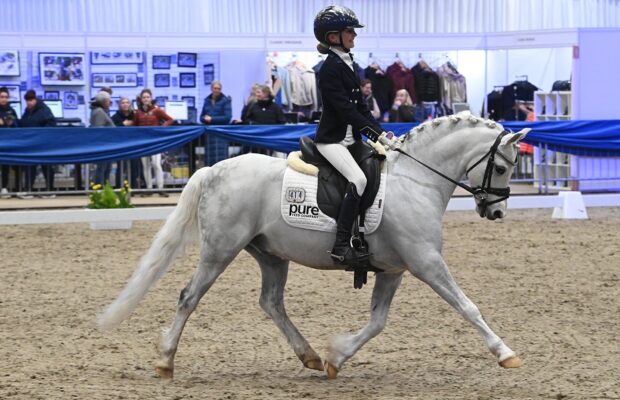The Olympic dressage riders shows us how you can use your body to influence the horse, improving the horse's reaction to the aids by engaging the rider's seat and balance
The aim of the exercise
I use these three exercises in my own riding and when training to help improve awareness of how the rider’s balance and seat can affect the horse. They demonstrate how important the rider’s position and balance are, not just aesthetically, but also how our weight affects the horse.
Often we think that because the horse is so much heavier than us, it doesn’t matter where we are sitting, but it matters hugely.
These exercises aren’t just important in dressage, they are also useful in all disciplines. In all equestrian sports, we are required to turn our horses and control the pace, whether chasing a ball on the polo field, when turning towards a fence in jumping or in dressage movements.
The aim of these exercises is to guide the horse the right way without having to use too much rein or leg. This not only makes the rider’s aids more accurate, but it also improves the horse’s awareness of them.
It’s interesting for riders to feel how much their seat and balance impacts the horse without touching the reins.
The exercise
1. The first exercise is to walk your horse on a loose rein and then turn your shoulders to the left to face nearly 180° behind yourself. Eventually, your horse should follow your shoulders and go in that direction. You can then turn back the other way and look over your right shoulder. Your horse should follow where your shoulders are going. It is so much easier for the horse to turn if the rider’s body is in the right place.
2. You can then perform serpentines and loops without touching the reins, just from where you are looking.
3. The next exercise is to stand in your left stirrup. Put all your weight in your left stirrup until the horse goes left, and then stand in your right stirrup and the horse will go right. The horse should move in the direction of your weight.
4. The third exercise is to slow your rising in a normal working trot to encourage your horse to slow down, almost to a walk. You can then quicken your rising to encourage quicker trot steps. This should all be performed without touching the reins or using your legs.
Tips and pitfalls
- When you’re turning your shoulders, ensure you’re not pulling on the reins.
- Make sure you turn enough with your upper body. Over exaggerate — look almost beyond your horse’s tail.
- When putting your weight into one stirrup, pretend you are standing on one leg.
- The slowing of the rising exercise is most useful for a horse that hurries in trot or that gets tight in the neck, because you don’t have to use your hands to slow the horse down. You can influence the horse’s pace using your seat.
This article was first published in the 31 August 2017 issue of Horse & Hound magazine




